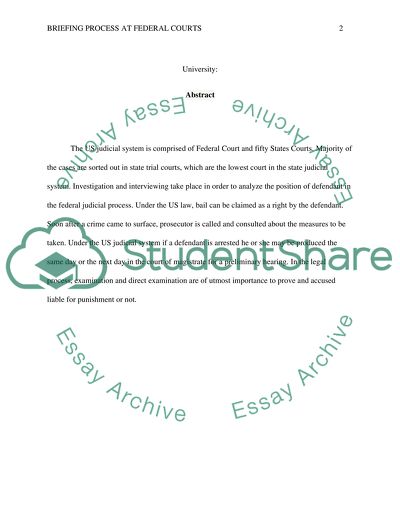Cite this document
(“A Briefing on the Process at the Federal Court Building Assignment”, n.d.)
A Briefing on the Process at the Federal Court Building Assignment. Retrieved from https://studentshare.org/law/1434846-a-briefing-on-the-process-at-the-federal-court
A Briefing on the Process at the Federal Court Building Assignment. Retrieved from https://studentshare.org/law/1434846-a-briefing-on-the-process-at-the-federal-court
(A Briefing on the Process at the Federal Court Building Assignment)
A Briefing on the Process at the Federal Court Building Assignment. https://studentshare.org/law/1434846-a-briefing-on-the-process-at-the-federal-court.
A Briefing on the Process at the Federal Court Building Assignment. https://studentshare.org/law/1434846-a-briefing-on-the-process-at-the-federal-court.
“A Briefing on the Process at the Federal Court Building Assignment”, n.d. https://studentshare.org/law/1434846-a-briefing-on-the-process-at-the-federal-court.


